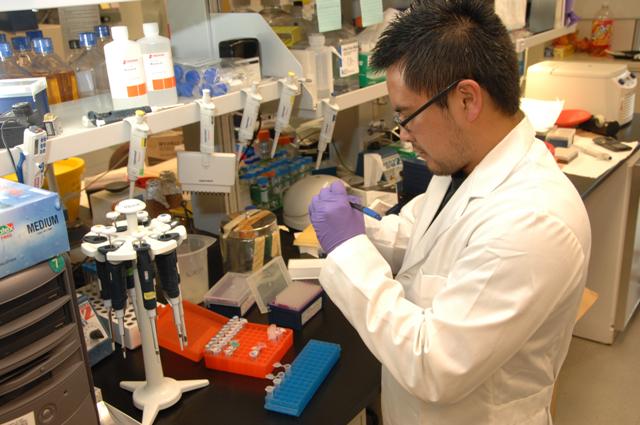User:Shawndouglas/sandbox/sublevel1
Those who work in a medical diagnostics or research laboratory have a lot on their plate. (Or is that "on their slides"? "In their blood collection tubes"?) From small- to high-volume laboratories, the analysts in them must follow strict workflows and procedures in order to produce timely and accurate results for the best possible patient health outcomes. Many of those analysts will also have additional ancillary roles within the laboratory, including controlling quality, managing regulatory and cybersecurity requirements, and managing and updating documentation. Particularly in medical labs with significant volume, the chance for human error to impact operations and patient health may increase, requiring systematic and continual improvement approaches to collecting, analyzing, and protecting patient data.[1][2] The introduction of laboratory informatics solutions and other information technology within the medical diagnostic and research fields has made those approaches easier to adopt, resulting in smoother procedures and improved patient safety.[2][3][4]
Evaluating, selecting, implementing, and maintaining a laboratory informatics solution is no simple task, however. The laboratory team (or individual) taking these actions must consider their laboratory's business goals, current and future workflows, and the regulations that affect them, as well as the budget for the lab, its technology requirements, and its cybersecurity goals. And then of course there's the matter of understanding the options available and working with vendors to make the theoretical solution a reality, backed up with updates to training, business processes, and responsibilities within the organization. This can, for some, lead to a state of anxiety.
But the acquisition and implementation of a laboratory informatics solution doesn't have to be painful. With advance preparation and a full understanding of both how your lab's internal processes work and how acquiring a system should ideally occur, you'll be better prepared to take the leap.
This guide aims to assist you in that preparation, providing referenced information about the various processes and details of putting a laboratory informatics solution to work for you and your medical lab. We begin below by providing background on a variety of medical diagnostic and research laboratories, from pathology and public health labs to genetic diagnostic and central labs. Afterwards, the second chapter covers a wide array of considerations to make when evaluating, selecting, implementing, and maintaining an informatics solution, including an introduction to the benefits of a user requirements specification (URS) for that process. The third, fourth, and fifth chapters offer a wealth of resources for putting chapter two's information to use, including vendor lists, service providers, organizations, conferences, and other information sources. It also introduces LIMSpec, an ever-evolving software URS for laboratory informatics systems. The sixth chapter then gets into the nuts and bolts of the value of a URS, and more specifically LIMSpec, as well as how to get the most out of it. We provide closing comments afterwards, followed by an appendix that contains a blank version of the LIMSpec for medical diagnostic and research labs, along with a downloadable Microsoft Word version of the same document.
References
- ↑ Jafri, L.; Khan, A.H.; Ghani, F. et al. (2015). "Error identification in a high-volume clinical chemistry laboratory: Five-year experience". Scandinavian Journal of Clinical and Laboratory Investigation 75 (4): 296–300. doi:10.3109/00365513.2015.1010175. PMID 25723890.
- ↑ 2.0 2.1 Agarwal, R. (2014). "Quality-Improvement Measures as Effective Ways of Preventing Laboratory Errors". Laboratory Medicine 45 (2): e80–e88. doi:10.1309/LMD0YIFPTOWZONAD.
- ↑ Alotaibi, Y.K.; Federico, F. (2017). "The impact of health information technology on patient safety". Saudi Medical Journal 38 (12): 1173–80. doi:10.15537/smj.2017.12.20631. PMC PMC5787626. PMID 29209664. https://www.ncbi.nlm.nih.gov/pmc/articles/PMC5787626.
- ↑ Raeen, M.R. (2018). "How Laboratory Informatics has Impacted Healthcare Overall". Applied Research Projects: 54. doi:10.21007/chp.hiim.0056. https://dc.uthsc.edu/hiimappliedresearch/54/.










